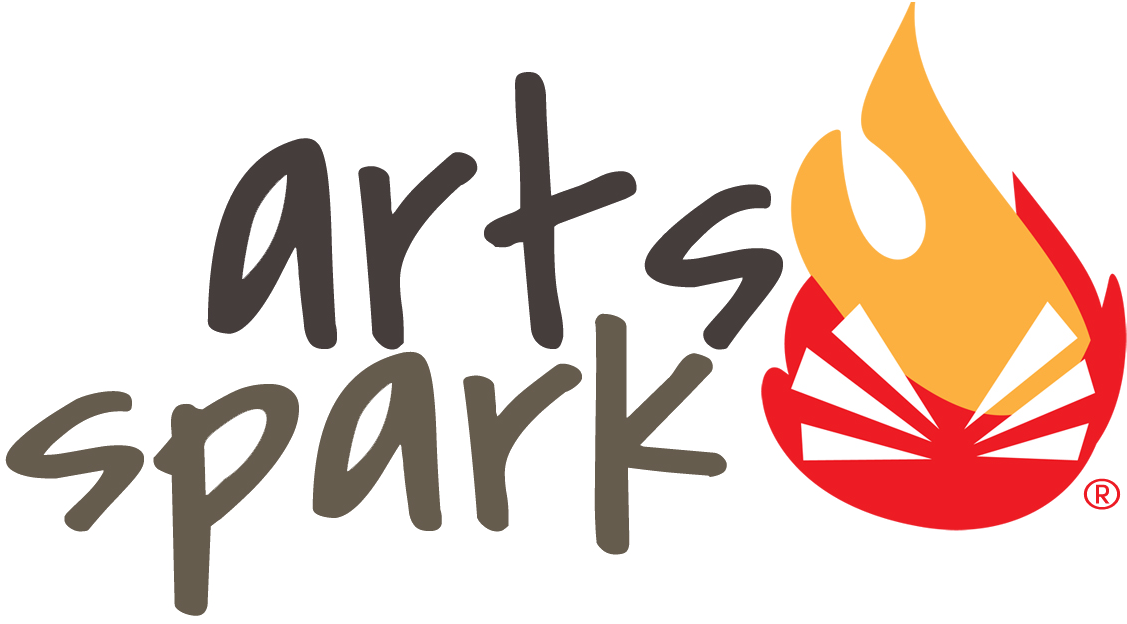A portfolio is the evidence of your talent and shows off your ability to write. Having a great portfolio to go alongside your resume is a very professional way to show potential employers and publications that you are extremely organized. It will also show them what you have to offer and your abilities. For writers, a writing portfolio, is essential when looking for more clients, selling your work, or building a new presence.
Your portfolio should be a representation of what you want your personal brand to be. Refer to our article: Successfully Building Your Brand, for more information about personal branding. For example, if you want to market yourself as a children’s author then your portfolio should be filled with your best writings regarding anything in relation to youth or storytelling. If you plan on writing for something more along the lines of finance or business, be sure to include writing samples that display you have the ability to write in a formal manner, as well as, any creative pieces that display your creative side to explaining complex business or finance concepts. Whatever the writing specialty is that you wish others to see should be what you showcase in your portfolio. You should not include everything that you have ever written, only include your best relevant work. However, it is important to include a variety of related pieces to show that you are versatile, so make sure to take that into consideration.
What to Include
There are a number of different types of writing that you could include in your portfolio. For a general writing portfolio you should try to include as many of these as possible. For a more specific writing portfolio you can pick and choose which ones exemplify your talents in that area.
- A blog post or multiple posts
- A piece of writing for a community group, club, campus publication
- A press release, newswire or other promotional material
- An essay dissecting a controversial topic
- A profile on an interesting person or place
- A shortform piece of breaking news
- A longform reporting piece
- A research paper
- An editorial
- A personal essay
- Multimedia storytelling
- Fictional Story
- Non-Fiction Story
- Collaborative writing of some kind
Incorporate an Introductory Essay and Table of Contents
Your introductory essay should be about a 500 word explanation of who you are, how you’ve grown as a writer, and serves as a highlight of your skills. This essay can also include a brief description of what is within your portfolio and why you chose those specific pieces. The addition of a table of contents makes your portfolio easily navigated. Especially in portfolios with a mixture of lengthy, as well as, short pieces, it is important for viewers of your portfolio to have a guide making it easy to find what they are looking for.
Organize Your Writing
Creating an organized spreadsheet containing all of your pieces is a great way to know what potential content you have for your portfolio. Organizing your pieces by personal ranking, genre, length, year created, where it is saved, and a short summary, can help you quickly pick out pieces that you should include in a general portfolio or a portfolio for any other application or purpose. Google sheets is a nice free spreadsheet available to anyone with a Google account.
Save Using a Standard Word Processing System
If you plan on sending your portfolio through email or any other file transfer service it is important to save your portfolio collection using a standard office word processing system so that there is no loss in the formatting of your documents. PDF is an ideal format as it maintains your fonts and formatting across systems.
Pack Your Work Nicely
If you do not submit your portfolio electronically then it is important to make sure that you pack it into a professional portfolio folder in an attractive, organized manner. Consider using good quality paper to print your pieces. It doesn’t have to be like traditional resume paper from the 80’s and 90’s, but should be heavier weight and bright white, overall better than basic copy paper.
Conclusion
It is important to remember to revise and edit your portfolio depending on the function you wish it to serve. No matter what you put in your portfolio, organization and presentation are key, so having a basic format to how you place everything together will help you.
Sources:
https://blog.quiet.ly/community/how-to-create-a-writing-portfolio-for-freelancers/
http://work.chron.com/make-impressive-writing-portfolio-3214.html
http://bcs.bedfordstmartins.com/everyday_writer/addresources/1.html
